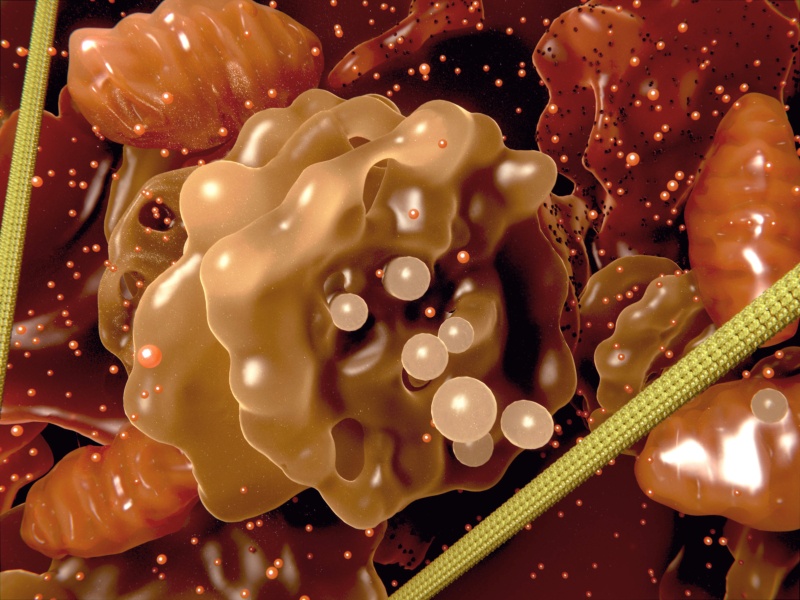The study of biological processes is getting more complex and has to take more factors into account. Physical forces are an important part of normal physiological processes and their impact has been largely overlooked in the in vitro study of biological mechanisms. The cellular force sensing mechanisms play important roles in disease. For example, in atherosclerosis endothelial cells have to respond to pulsatile forces and stiffening of the arteries.
There are specific surface proteins that connect the actin fibers from the cytoskeleton to the outside of the cells. These proteins allow cells to detect different types of forces by interacting with other cells and the intracellular matrix. After a change in force is detected, the receptors of these proteins translate it by activating signaling cascades. Vascular endothelial-cadherin is expressed on the membrane of endothelial cells from the luminal surface ofblood vessels.
There are several techniques currently used to study how cells react to external forces such as, atomic force microscopy, optical tweezers and flow systems, among others. There are limitations to these techniques, namely the analysis of the cellular mediators that the forces trigger. The use of magnetic beads to apply force to cells overcomes this limitation and allows singe cell analysis and bulk biochemical assays. When allied to the magnetic tweezers technique, this protocol can be used to measure cellular response to repeated pulses of applied force by observing the bead displacements. The beads also allow application of different types of forces, in prolonged periods, that allow the analyses of the entire cellular population.
The magnetic beads are coated with vascular endothelial-cadherin that binds to its receptor on endothelial cells focusing the application of force on this protein. The cellular tension induced has applications for biochemical analyses of cellular responses and to analyze single cells. In the case of endothelial cells the force induces a stiffening response on the cells exposed to pulses of force, which is an essential feature of atherosclerosis.
This new technique has a huge potential in increasing the possibilities for the study of mechanotransduction mechanisms in normal biological conditions and disease.This could be achieved with a permanent magnetic field underneath the plated cells that can better mimic physiological conditions when studying diseases that are influenced by mechanical forces.
Using Magnets and Magnetic Beads to Dissect Signaling Pathways Activated by Mechanical Tension Applied to Cells. Marjoram, R. J., Guilluy, C., &Burridge, K. (2015).Methods. doi:10.1016/j.ymeth.2015.09.025
Related news:
- Magnetic separation using molecularly imprinted polymers
- Biomagnetic separation of liver cells’ subsets
- Fast Magnetic Separtion of Hyluronan-Expressing Tissue Progenitors





